
Kitchen • 07 April, 2025
Every story begins with a cup of tea
This piece intricately weaves together four countries: China—the birthplace of tea; Nizhny Novgorod, which in the 19th century served as a gateway for tea to Moscow, St. Petersburg, and further into Europe through Russia’s largest fair; Uzbekistan, where tea culture is inseparable from the traditional chaykhana; and Georgia, home to some of the world’s northernmost tea plantations. We aimed to create a narrative that feels warm and homely, focusing not so much on the history of the beverage itself but on traditions and the cherished memories of those who enjoy it.
"The first cup moistens my lips and throat, The second cup shatters my loneliness, The third cup probes my barren mind, Only to find volumes of wandering thoughts. The fourth cup – ah, sweat begins to emerge. All that is wrong in life escapes through my pores. With the fifth cup, I am cleansed. The sixth lifts me to the realm of immortality; The seventh... Alas, I can drink no more!" Ancient chinese poet Tashkent Khurshid: «Tea and pilaf – like lovers united in marriage» Despite Uzbekistan ranking first among countries that prefer tea over coffee (according to Euromonitor International, 2016), the country has no tea plantations due to its climate, which makes cultivation impossible. The main suppliers are Sri Lanka, China, England, Georgia, and Iran, while major tea-packing factories are located in Tashkent and Samarkand. To explore Uzbek tea traditions, we spoke with Tashkent Khurshid, a renowned Uzbek travel blogger, radio and TV journalist from the channel Dunyo Boylab ("Around the World"), with over 22 years of experience. Khurshid is a true tea connoisseur – he can determine the quality of a tea just by its color and the first sip. — Due to climatic conditions, green tea is the preferred choice in Uzbekistan. It has a refreshing and invigorating effect, which is especially important in the summer heat. Black tea is also popular, but mainly in the capital, where the weather is cooler. If you order tea in a café, you’ll most likely be served a pot of black tea with lemon and sugar, which enhance the flavor. In recent years, I’ve noticed a growing demand for Chinese oolong, gunpowder tea, and large-leaf varieties, which bloom into a beautiful flower as they steep. Tea is an essential part of Uzbek life, enjoyed from early morning as a staple of breakfast, lunch, and dinner, and several times throughout the day – especially in summer. The choice of teaware is crucial: a ceramic, sometimes clay, teapot with a rounded shape is preferred. The teapot is rinsed with boiling water before adding tea leaves – usually two portions – to ensure a rich, amber-colored, and aromatic brew. While the tea steeps, the impatient ones perform a ritual of repeatedly pouring the tea into a small bowl and back into the pot. This process takes about 5–10 minutes. As for the tradition of adding boiling water to the teapot – we never do that. Instead, we finish the tea, discard the leaves, and brew a fresh pot. Repeated dilution with hot water spoils the ‘proper’ taste and reduces the tea’s beneficial properties. Now, about tea additions: lemon is welcomed, especially in chaykhanas during winter. Milk is rarely used – it’s not really part of our tradition. In the mountains of Uzbekistan, a variety of herbs grow, which are harvested, dried, and used for herbal infusions. One of the most common is ziziphora (known locally as ‘deer grass’), which has a mint-like flavor. Tea is typically accompanied by sweets, nuts, dried fruits, or pastries, though I personally don’t enjoy these. My perfect pairing? Dark chocolate with orange zest and a hot cup of green tea – definitely worth trying! — Khurshid, could you tell us about the culture of the traditional Uzbek chaykhana? — In Uzbekistan, the word chaykhana refers to a place where tea is actually secondary. The real essence of a chaykhana is that, once a week or even once a month, no matter how busy people are, close friends or relatives gather there. The main event is ordering plov, and while waiting for it to be served, everyone drinks tea. The meal is also finished with tea. In fact, tea and plov are like lovers united in marriage – there is no better combination! Tea helps dissolve fats and aids digestion. There is an old tradition that dates back centuries. Our elders would serve plov in large, almost flat ceramic dishes called lyagan. After the meal, when only a small amount of oil remained at the bottom, they would pour hot green tea into the dish, and the most respected person at the table would drink this mixture. From a medical standpoint, it may not be considered particularly beneficial, but it was part of the tradition. In some regions, this practice still exists today, just like the custom of eating plov with one’s hands. — Very interesting! What other tea traditions in Uzbekistan do you know of? — There are traditions related to weddings. Before the ceremony, we always have a morning plov, which is traditionally accompanied by tea – both at the beginning and at the end of the meal. When the bride, now officially a wife, enters her husband's home, the household members drink tea from her hands for about a month. She serves it in a special manner, holding the piala (tea bowl) by its base with two fingers. Another tradition is that tea is always served to guests. In some cultures, coffee might be the main welcoming drink, but in Uzbekistan, it’s only green tea – and in large quantities. The first thing brought to a guest is a piala of tea, and only afterward come sweets, food, and everything else. For us, the concepts of hospitality and tea-drinking are simply inseparable. — I’ve heard the phrase “Shall I pour you tea with respect?” at an Uzbek table. What does it mean? — In our culture, it is not customary to fill the piala (tea bowl) to the brim. Doing so can imply that the host does not wish to be asked for more refills. Instead, tea is poured only at the bottom of the bowl, allowing the drinker to take a few sips while the tea is still hot. Then, the guest hands the piala back to the host for another small portion, ensuring that each serving is enjoyed at its optimal temperature and concentration. — You describe everything so deliciously! Now it's time to share where visitors to sunny Uzbekistan can buy tea and where to enjoy the best tea service in Tashkent? — For high-quality tea, head to specialty stores or local markets, where you’ll find both loose-leaf and packaged varieties. Most likely, the vendor will ask about your blood pressure, as green tea can influence it. The most commonly consumed variety in Uzbekistan is "Green Tea No. 95", a classification that dates back to the Soviet era, ranging from lower-quality raw materials (No. 10) to the highest grade (No. 125). If you’re visiting Tashkent, be sure to stop by Human House, an art gallery run by Lola Saifi. Not only is the tea there exceptional, but the presentation is also a delight – served in beautifully crafted clay or ceramic teapots with traditional Uzbek patterns, reflecting the gallery’s focus on craftsmanship. Plus, the tea is infused with aromatic mountain herbs or “deer grass” (ziziphora), which I’ve already mentioned. — As far as I know, you try tea in every country you visit. What was your most memorable tea experience? — Probably the most unforgettable tea experience I had was at the Shaolin Monastery high in the mountains, about two hours from Seoul, South Korea. There, we were treated to an incredible herbal tea – a truly unique and refreshing drink. On the other hand, my biggest disappointment was my first trip to London, where I ended up living for four years. Naively assuming that I was going to a country that religiously follows the "five o’clock tea" tradition, I was surprised to find that most British people don’t actually drink freshly brewed tea that often. Instead, they consume carbonated drinks with ice or coffee. However, I still managed to find delicious teas and always sought out new flavors. Now, I’m looking forward to my upcoming trip to Guangzhou, China, in early February, where I plan to dive into the local tea culture. The more rituals involved, the greater the pleasure of drinking tea. Cup Two. The tea ceremony – a cultural tradition of China with a centuries-old history Zhou Zhou, owner of the Dragon Tea shop in Tashkent. — My hometown, Xishuangbanna, in Yunnan Province, China, is located near the world-famous Pu-erh tea plantations. Naturally, my favorite green tea is Pu-erh – it has a unique aroma, a rich and refreshing taste, and a light sweetness that invigorates. I grew up surrounded by tea culture. Xishuangbanna often hosts training sessions for tea masters, and I also studied there, so I have mastered the art of tea ceremonies. When I arrived in Tashkent, I wanted to share high-quality Pu-erh from my hometown with the people of Uzbekistan, so I decided to open a tea shop here. China hosts many tea-related events, including festivals, tastings, and musical tea gatherings. In my hometown, the Tea Battle Festival is especially popular. Farmers showcase their skills, we taste tea cakes, enjoy different varieties of tea, watch performances by ethnic groups, and simply relax. Let me explain: tea cakes are made by pressing tea leaves into flat discs. During tea drinking, you can break off small pieces, grind them, and brew them, adding ingredients like onion, ginger, orange, or other flavorings if desired. — Zhou Zhou, how do people in China drink tea nowadays? Do they still find time for it, considering how fast-paced life has become worldwide? — The tea ceremony is a cultural tradition in China with a centuries-old history, dating back to the Tang Dynasty (7th–9th century). On average, my fellow countrymen participate in tea ceremonies twice a week, spending their leisure time in the afternoon enjoying this beverage, the scent of incense, and calm meditative music in special tea rooms or tea houses. The ritual may vary depending on the region and the participants – for example, there are differences in ceremonies held for relatives versus friends. The ceremony is conducted by a tea master, who is often dressed in traditional Hanfu clothing. The preparation stage involves selecting the tea, preparing the water (spring water is preferred), and setting up the utensils. The most popular tea in China comes from West Lake – Longjing (Dragon Well) tea – but more ceremonial varieties are chosen for formal occasions. During the serving stage, the tea is brewed in a way that fully reveals its flavor and aroma. During the tasting, the tea master showcases the art of tea drinking and offers guests a sample of the prepared tea. At this moment, both the guests and the master enjoy the beverage together. In everyday life, many homes have a designated tea room where tea is enjoyed twice a day using special teapots. In northern China, tea drinking is given less attention and is mainly consumed to quench thirst. For example, in Shandong Province, tea is brewed in a large kettle and drunk cold in a few big gulps. In southern China, the tea ceremony culture is much more developed, and tea is enjoyed using specialized tea sets, including porcelain cups and teapots. — How do people drink tea in Guangzhou, the city directly connected to Tashkent by our airline's flights? — In Guangzhou, the culture of morning tea is especially well-developed and has become an integral part of daily life. Morning tea is not just breakfast; it’s also a way to socialize. Just like Uzbeks, the people of Guangzhou love to drink tea in teahouses, where they enjoy snacks, engage in conversation, and savor each other’s company. Welcome to my store, where you’ll find a variety of Pu-erh, Oolong, and aromatic teas, and get a taste of authentic Chinese tea culture! Cup three. The Chinese history of georgian tea Eka (Ekaterina) Aptsiauri, a native of Tbilisi for several generations, is a medical professional and the wife of a Georgian diplomat. She even has a connection to aviation – her eldest son, Igor, worked for the Georgian Civil Aviation Department and leading international airlines.
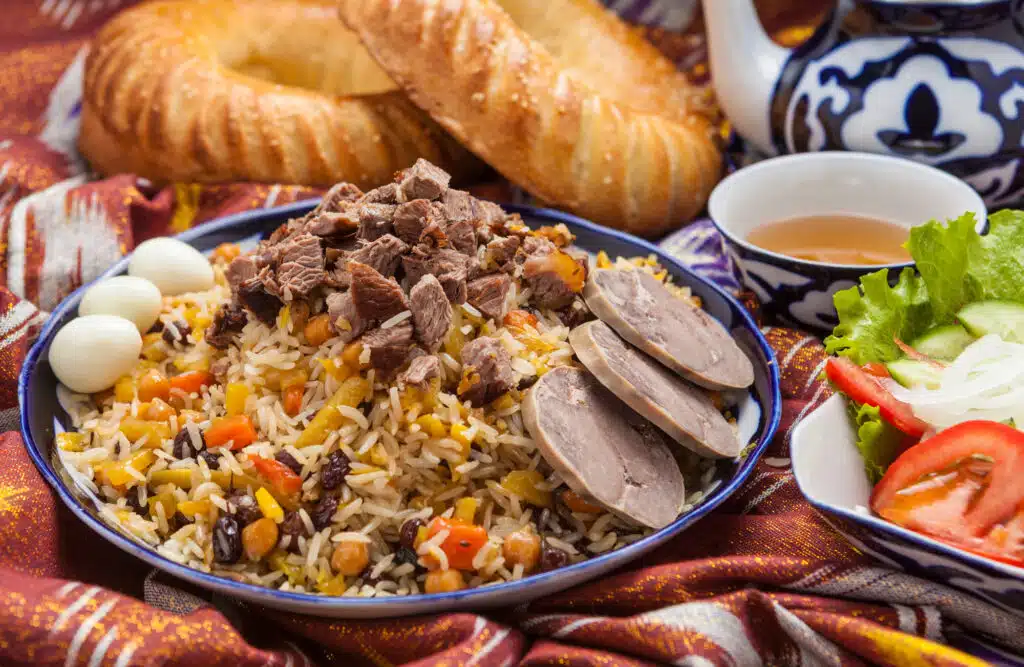
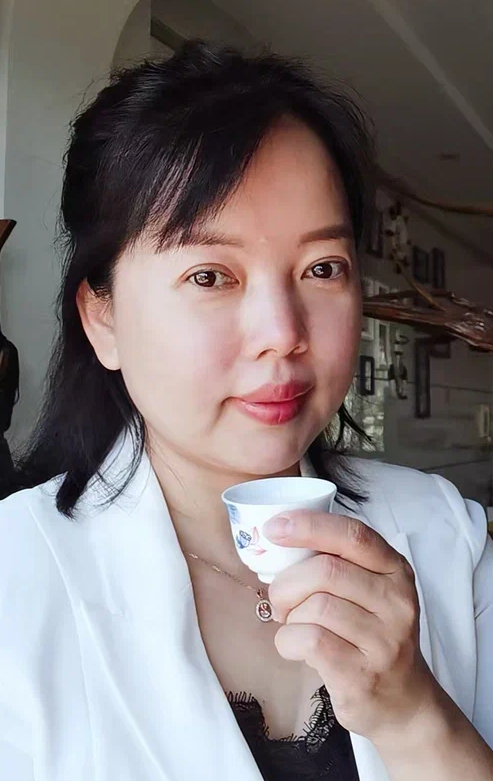
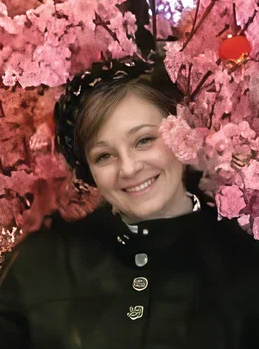
— One of the key milestones in the history of Georgian tea was the year 1847 when Count Mikhail Vorontsov initiated its import from China as an alternative to wine for soldiers. The drink was invigorating but not intoxicating, and it was then called "soldier’s tea." Later, tea was produced with this date on the packaging, highlighting the significance of the event.
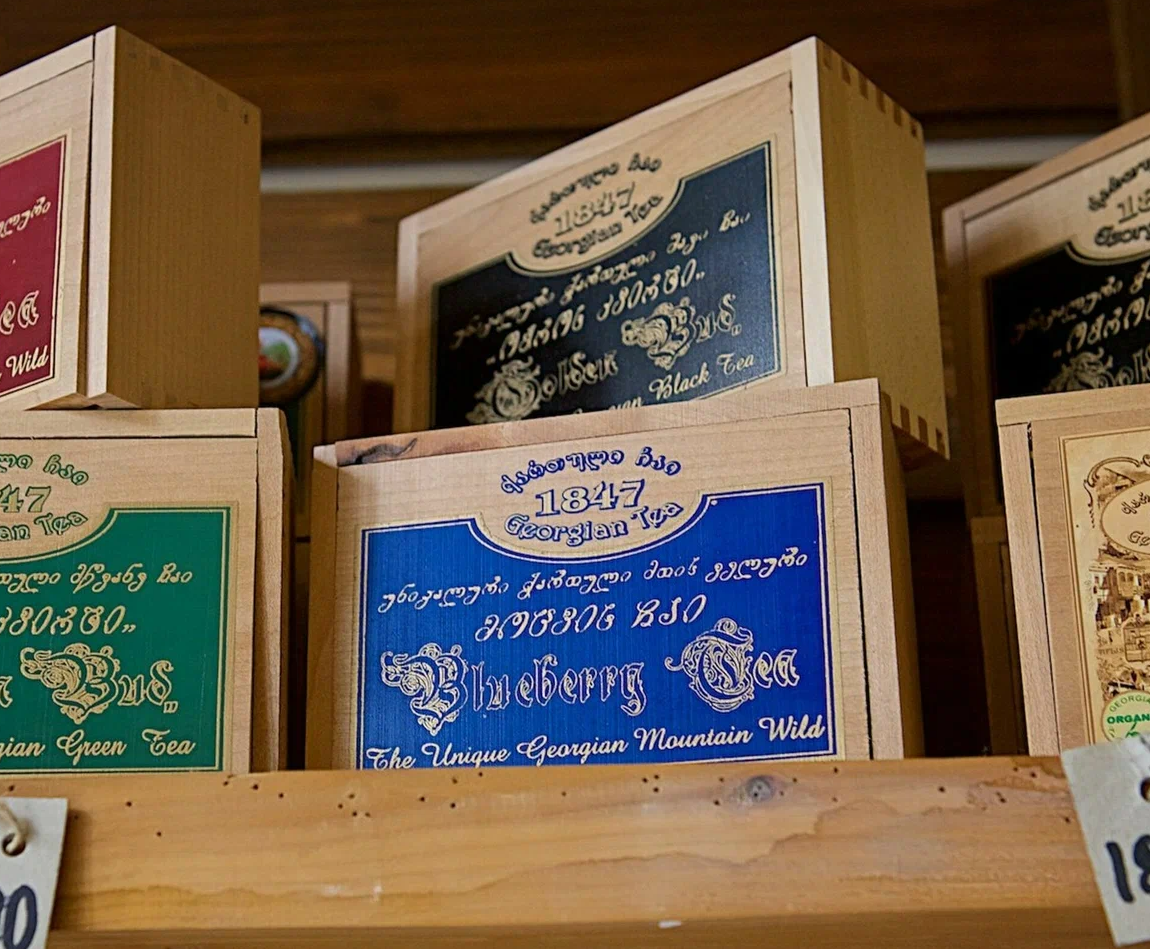
The emergence of tea plantations in Georgia is credited to merchant Konstantin Popov. Unlike those before him who merely imported tea, in 1893, he invited a Chinese master, Liu Junzhou (known in Georgia as Lau Jon Dau). He conducted the first experiments and planted tea bushes in Ozurgeti (Guria), the Botanical Garden of Sukhumi (modern-day Abkhazia), and the Botanical Garden of Zugdidi (Megrelia). It turned out that Georgia’s climate was highly suitable for tea cultivation, yielding high-quality, "pure" tea without the need for chemical treatments. The top three leaves – considered the most valuable – could be harvested. Later, with Lau Jon Dau’s help, Popov expanded tea plantations in Chakvi, Adjara, achieving such success that by 1900, their tea won a gold medal at the Paris Exposition Universelle! Interestingly, the Chakvi plantations eventually declined due to various circumstances, while in Guria, tea cultivation continues to produce high-quality harvests that are in demand both locally and internationally. Later, our Chinese hero built a house in Chakvi and continued his work even after the October Revolution of 1917. According to some sources, his great-great-grandson still lives in Georgia to this day. Lau Jon Dau’s house, which had been abandoned for many years, was recently restored, as far as I know. There are plans to open a museum there, which will also house exhibits from the Batumi Nobel House-Museum. In the center of Tbilisi, the Georgian Tea House-Museum is now open, founded on the initiative of Shota Bitadze, President of the Georgian Association of Organic Tea Producers. Visitors can explore the history of tea cultivation, view historical artifacts, and purchase high-quality tea varieties. — What kind of tea is traditionally consumed in Georgia today? — Traditionally, Georgians prefer black tea and enjoy drinking it with various additives such as fruits, sage, and saffron. However, the younger generation has started drinking green tea as well, thanks to the high-quality products now available through renewed cooperation with China. In general, I’ve noticed that more and more people are choosing a healthy lifestyle, following a balanced diet. The grand feasts of the past, with overeating and excessive alcohol consumption, are becoming less common. — How do tea gatherings take place in Tbilisi? — There are several types of tea gatherings, depending on the occasion—unexpected guests dropping by, an invitation for tea at a set time, a gathering resembling a salon reception with guitar or piano accompaniment, or tea as part of game nights, such as card games or lotto. Let me tell you more about each of them. In Georgia, the doors of a home are always open; a guest is considered a messenger from God, and turning them away is unthinkable and bad manners. At the very least, when a guest arrives, tea is served in the main room. The tea is presented in delicate porcelain cups, lemon slices are placed on a crystal dish with a gilded fork, and sugar is a must. Nowadays, it can be cane sugar, but in the past, it was either refined sugar cubes or "shakarkinuli" ("iced sugar"), which was pre-broken with special tongs. Every Georgian hostess is expected to have homemade jam. Traditional varieties include watermelon, walnut, tangerine, paradise apple, and, of course, apricot with a whole nut inside. Jams are served in elegant footed glass bowls called "varennitsa." Now, onto my favorite part – how our grandmothers used to enjoy tea gatherings in Tbilisi. These are my warmest childhood and youth memories: elegant grandmothers and their friends arriving in heeled shoes, carrying small handbags, wearing hats, and engaging in refined conversation. Tea gatherings could be a standalone event rather than just an extension of a meal and were often accompanied by singing or music. The Ishkhneli sisters were famous throughout Tbilisi for their magnificent singing and hosted popular salon evenings. Today, things happen much the same way. If it’s a ladies' gathering, a fine porcelain tea set will grace the table, whereas men in Georgia usually prefer drinking tea from glasses with ornate metal holders – some of them quite valuable. Other popular beverages include fruit compotes, with peach compote being a particular favorite, and homemade liqueurs, especially the well-loved cherry liqueur "vishnyovka". The table is laid out with "whatever God has provided": lemon slices, honey, nuts, dried fruits, fresh fruits – such as figs in season – khachapuri (of course, how could we do without it?). Baked pumpkin is often served, as well as nazuki, a sweet bread with honey and raisins, and baklava – it may not be entirely Georgian, but it is quite acceptable. Sometimes, cheese is included, depending on the preferences of the host. You might even see pilaf, but it’s not meat-based – rather, it’s made with dried fruits and pumpkin, and sometimes even baked inside a whole pumpkin, depending on the hostess’s choice. Now, about the table setting: a proper tea table must be covered with a tablecloth. If the gathering is in the evening, the tablecloth is usually dark velvet with fringes. Napkins are carefully arranged, candles are placed… And the essential final touch – a lampshade over the table instead of a bright chandelier, creating a cozy and intimate atmosphere. — Did you host such Georgian tea gatherings while living abroad as the wife of an ambassador? — I didn’t host separate tea gatherings, but I did take part in organizing diplomatic receptions. We welcomed guests in New York (USA), Beijing (China), and the Baltic states. Of course, we mostly set the table with traditional Georgian dishes, and khachapuri was always a must – it’s an essential part of any gathering, no matter how lavish the feast. We brought spices and cornmeal from Georgia, but otherwise, we made do with local ingredients. We always tried to add a special touch – a bit of wine, churchkhela, or homemade jam. — Can you recommend where visitors to Georgia can buy and taste tea? — It’s best to buy Georgian tea by weight, and there are many tea houses to choose from. If you’re in Tbilisi, I recommend visiting the Gardenia Shevardnadze, a garden with seasonal plants where salon-style gatherings are held. In its cozy café, surrounded by flowers, you can enjoy a cup of tea along with excellent pastries. The garden’s founder, Zurab Shevardnadze, is originally from Guria and produces his own tea, so you can confidently buy it there! Georgia knows how to surprise – here, you can find not only black tea varieties but also some truly unique ones. How about Georgian oolong, Longjing tea from Samegrelo, or even purple tea? These innovations have emerged thanks to the Georgian Association of Organic Tea Producers, led by Shota Bitadze. The association unites local farms, organizes competitions, and collaborates with partners from China. Shota Bitadze has even invented a new method of brewing tea using controlled extraction. In this method, tea leaves are placed in a glass decanter with a narrow neck, traditionally used for serving wine, and the tea itself is enjoyed from wine glasses. Cup Four: The tea market in Guangzhou – one of the largest in the world Ekaterina Dorofeeva, an art historian, sinologist, and chinese language translator, lived in Guangzhou for 13 years, now is a guide in Macau. — I start my day with a cup of tea. At home, I have a small collection of teapots: a semi-transparent jade teapot, a copper one, and a traditional antique teapot with a trick—you pour water into the bottom, but it flows out as usual from the spout. I drink two types of green tea: one of the most famous, Longjing ("Dragon Well"), and Maojian ("Hair Tip"). — Katya, some say that the Guangzhou tea market is one of the largest in the world. Is that true? — The Fancun Tea Market in Guangzhou is indeed one of the largest in the world. And it's not the only one – there’s another in the Panyu district. This market has existed since the early days of trade when Guangzhou was still Canton, the only port open to foreign merchants. Naturally, tea was one of the main exports.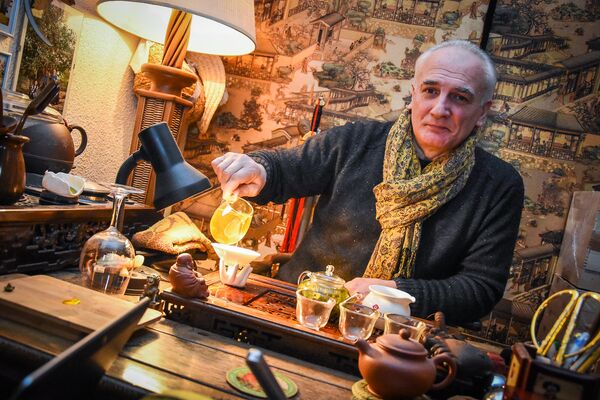
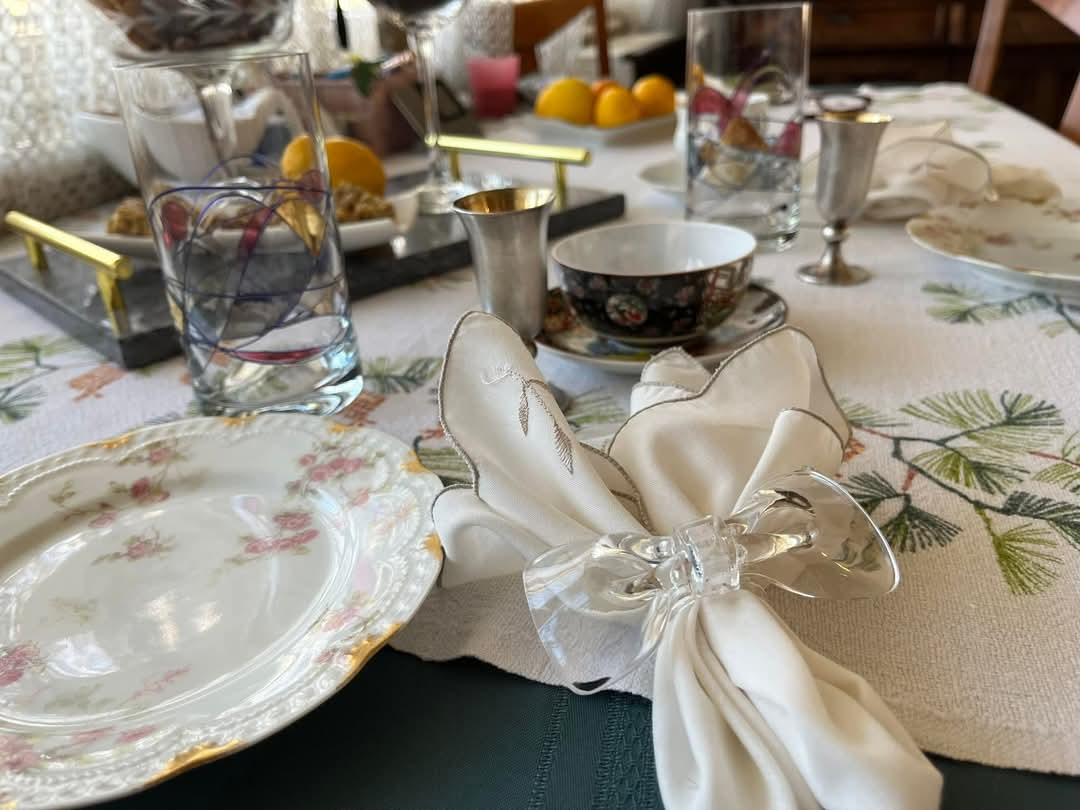

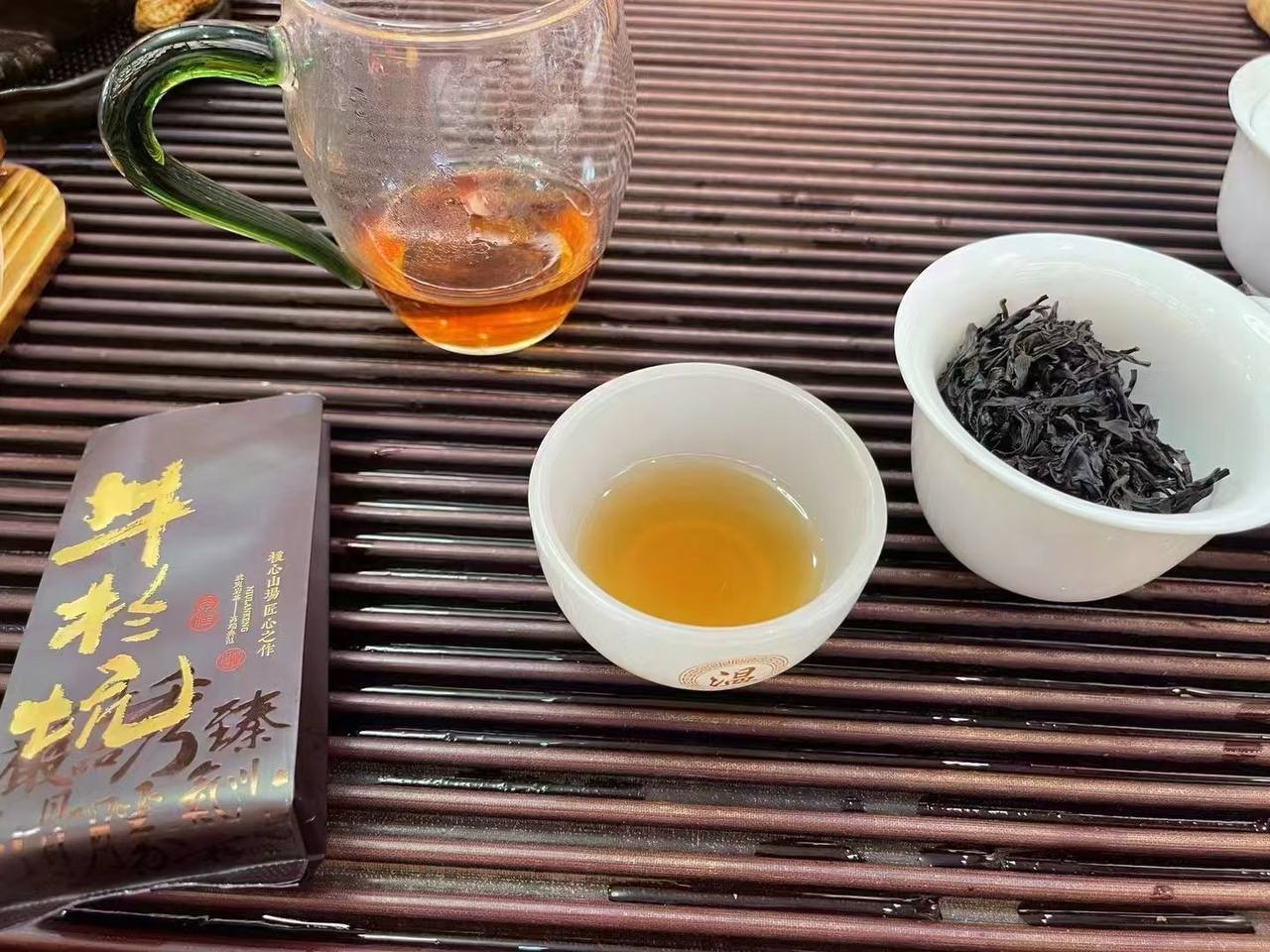
In any shop at Fancun, you’ll be warmly welcomed, offered tea, and invited to experience a traditional Chinese tea ceremony. Every tea master has their favorite varieties and unique Feng Shui decorations. A common sight on their tables is a money frog, which is poured over with the first infusion of tea. No tea master will ever serve you the first brew – it’s always discarded. I’ll never forget one beautiful tea ceremony I witnessed. They demonstrated an ancient brewing method used when a tea master wasn’t allowed to approach the emperor closer than two meters. Instead, he would pour tea over the emperor’s shoulder using a teapot with a long spout. At the tea market, you can find both famous varieties – such as Tieguanyin ("Iron Goddess of Mercy"), Oolong, Longjing ("Dragon Well"), Pu'er, Bi Luo Chun, and Da Hong Pao ("Big Red Robe") – as well as lesser-known, local teas. Between late April and early May, the freshest, newly harvested tea arrives. It’s considered the most valuable, expensive, and aromatic. Some teas come in flower-shaped bundles or inside tiny tangerines, which look stunning when they unfurl in hot water. Good tea is never cheap – I wouldn’t expect to pay less than 100 yuan (~$14) per 500 grams. Longjing green tea is one of the most expensive teas in China. Once, I bought 100 grams for 500 yuan (~$70) – it was the most expensive tea I’ve ever purchased! A few years ago, foreigners were often overcharged at Chinese markets, especially since prices aren’t listed and are only given upon request. That’s why it was wise to go with an experienced guide, or else prices would skyrocket, and you might end up with poor-quality tea. But China has changed, and I no longer see this happening as frequently. Still, when visiting a tea market, keep these golden rules in mind: always smell the tea before buying, sip loudly when tasting – it’s completely acceptable, negotiate – bargaining is expected! Cup five. «Tea, we are Nizhny Novgorod residents» Nizhny Novgorod is home to the author of this piece, Marina Gulyashcheva, and it was once the site of Russia’s largest fair – a bridge between the peoples of the East and the West. Chinese tea, brought from the border town of Kyakhta, was such an essential commodity that its arrival signaled the start of major trade deals. It was at the Nizhny Novgorod Fair that Russian tea-drinking traditions began to take shape, and the locals were often called "water gulpers" for their love of tea. More than a century and a half has passed, yet the distinctive word-link "chai" (meaning "tea") remains a signature feature of local speech. Phrases like "Chai, we are Nizhny Novgorod residents!" or "Chai, I won’t be late for work!" are still heard in everyday conversations. This unique linguistic phenomenon was even immortalized in the poem Tea by our fellow countryman, Boris Pilnik. And as for the remaining cups of tea – we invite you to enjoy them in the cities where Centrum Air flies and in the places recommended by the heroes of our story. «I feel the cool breath of the wind, gently swaying my sleeves. Where is Paradise? Let me ride the breeze and drift away there.» — Ancient Chinese poet